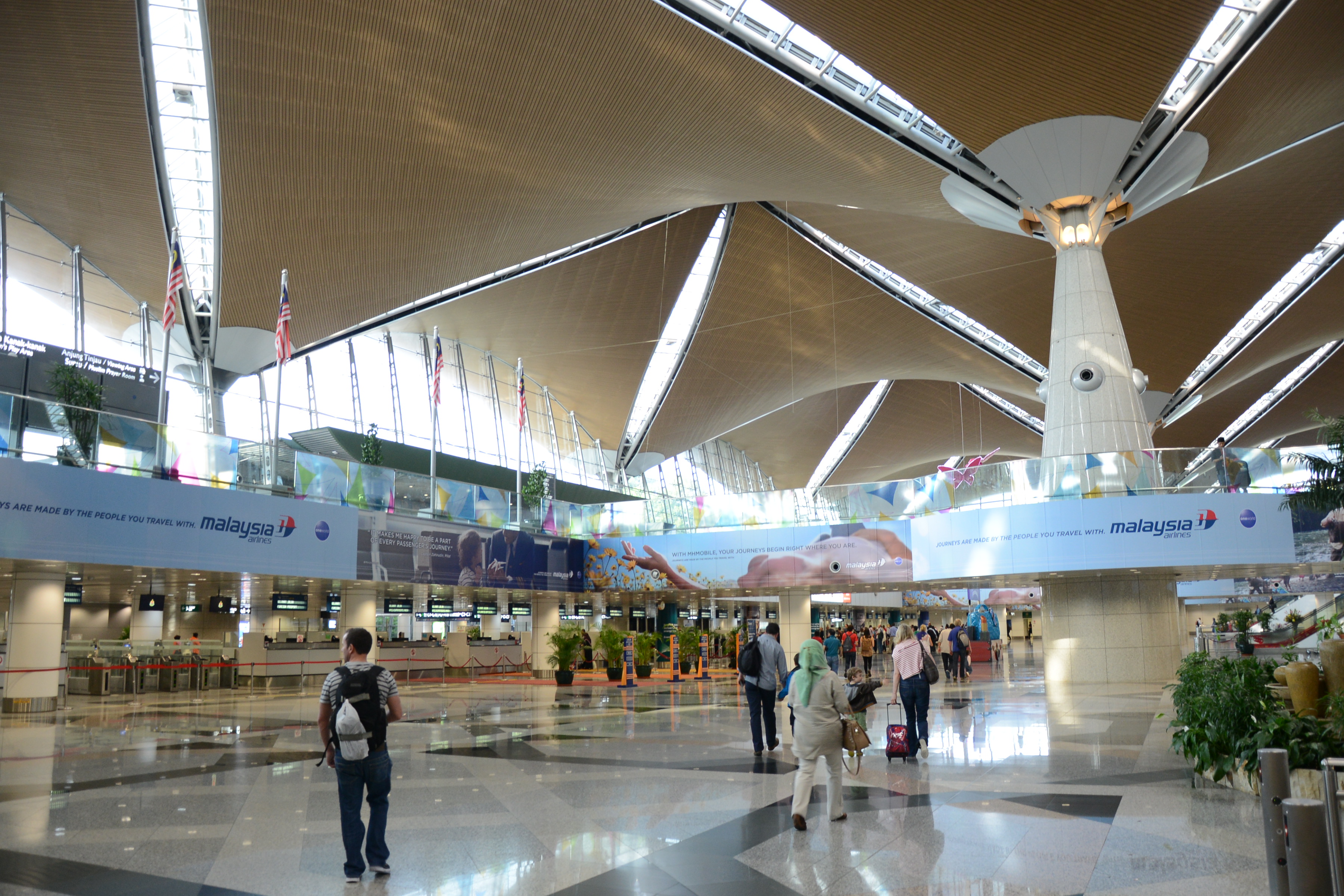Southeast Asia has rapidly transformed into one of the world's busiest and most attractive travel regions. With its blend of exotic destinations, booming tourism, and increasing business travel, efficient and passenger-friendly airports are essential.
Fortunately, the region boasts some of the world's finest airports, renowned for their outstanding infrastructure, customer service, cleanliness, and overall passenger experience.
Here’s a look at the best airports in Southeast Asia that consistently set high standards in the aviation industry.
Changi Airport, Singapore

Singapore Changi Airport is widely considered the crown jewel of Southeast Asia's aviation infrastructure. Frequently ranked as the best airport in the world, Changi is more than just a transportation hub—it's a destination in itself.
With four terminals and a fifth in the works, Changi impresses travelers with its unmatched amenities, such as the world’s tallest indoor waterfall at the Jewel complex, a butterfly garden, movie theaters, and a rooftop pool.
Efficiency is one of Changi’s greatest strengths. Immigration lines are short, security checks are streamlined, and baggage claim is swift.
Cleanliness, technological innovation, and extensive shopping and dining options make every visit smooth and memorable. Whether you're in transit or beginning your journey, Changi ensures the experience is enjoyable from start to finish.
Suvarnabhumi Airport, Bangkok

As Thailand's main international gateway, Suvarnabhumi Airport in Bangkok handles tens of millions of passengers annually. The airport’s vast terminal and futuristic design reflect its ambition to be a regional aviation powerhouse.
While Bangkok also has Don Mueang Airport for low-cost carriers, Suvarnabhumi stands out for its international connectivity and modern amenities.
Despite its busy nature, Suvarnabhumi maintains a high standard of cleanliness and offers plenty of space to relax. Restaurants, duty-free shops, lounges, and cultural exhibits are thoughtfully placed across the terminals.
With ongoing improvements, including plans for terminal expansion and better transport links to the city, Suvarnabhumi continues to evolve as a major aviation hub in Southeast Asia.
Noi Bai International Airport, Hanoi

Viet Nam’s Noi Bai International Airport in Hanoi has seen significant upgrades over the past decade. What was once considered underdeveloped is now a clean, modern, and efficiently run airport.
Terminal 2, which handles international flights, stands out for its architectural design and improved facilities. It offers a spacious layout, clear signage, and a decent range of food and shopping options.
While not as large or lavish as Changi or Suvarnabhumi, Noi Bai is praised for its calm atmosphere, polite staff, and relative ease of navigation.
Viet Nam's booming tourism and investment climate mean continued upgrades are likely, and Hanoi’s airport is positioning itself as a strong regional competitor.
Kuala Lumpur International Airport (KLIA), Kuala Lumpur

Kuala Lumpur International Airport is one of the largest and busiest in the region. The airport features two main terminals: KLIA1, which handles full-service airlines, and KLIA2, built specifically for low-cost carriers.
The seamless connection between these terminals via shuttle and train makes it easier for passengers to manage transfers.
KLIA is known for its sleek architecture, friendly staff, and decent lounge facilities. It also benefits from being surrounded by a green belt, giving parts of the terminal a more relaxing ambiance.
With efficient immigration processes and improved public transportation links to the city, KLIA continues to be a dependable and enjoyable stop for travelers in Southeast Asia.
Ngurah Rai International Airport, Bali

Located in one of the world’s most popular holiday destinations, Ngurah Rai International Airport in Bali reflects the island’s cultural richness while offering a modern and efficient gateway.
Though not as large as others in the region, it has undergone significant renovations, particularly in preparation for major international events and the region’s growing tourism influx.
The airport blends traditional Balinese architectural elements with modern facilities, creating a unique aesthetic that appeals to visitors.
Services have improved dramatically over the years, with smoother immigration, better baggage handling, and an expanded selection of shops and restaurants. It’s now a well-rounded airport that gives tourists a warm welcome to the Island of the Gods.
Ninoy Aquino International Airport, Manila

Though historically criticized for inefficiency and congestion, Manila’s Ninoy Aquino International Airport has made visible efforts to upgrade its services and infrastructure. Terminal 3 is the newest and most modern, offering a more comfortable experience than older terminals.
Air conditioning, cleanliness, and dining options have all improved, though challenges remain with traffic congestion and inter-terminal connectivity.
Despite its struggles, the airport remains a critical hub for the Philippines and continues to see investments aimed at expansion and modernization.
With plans for a new international airport underway, Manila’s role as a key aviation hub in the region is expected to grow significantly in the coming years.



















